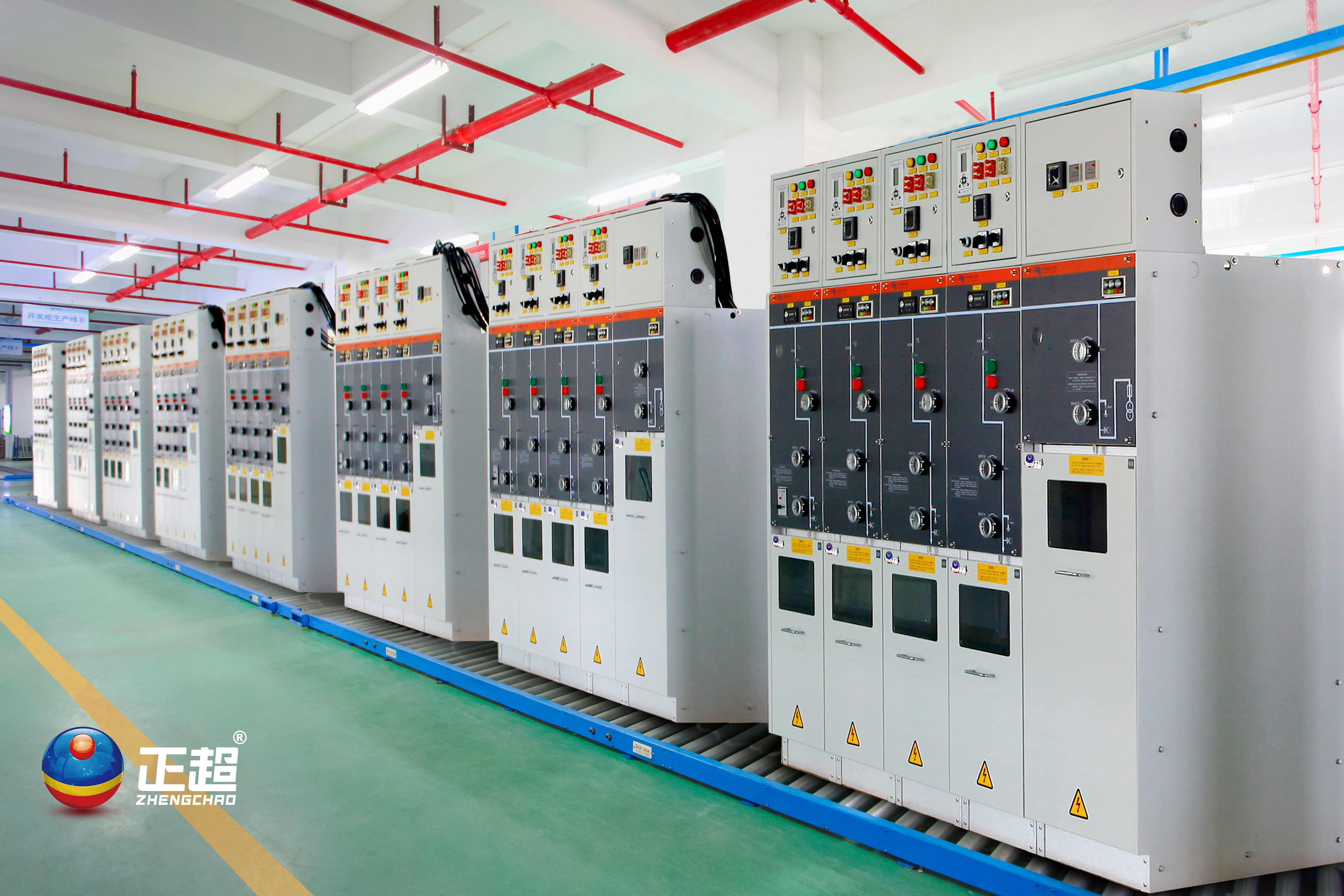What you need to know about China's new guiding policy on power distribution network development
Recently, China's National Development and Reform Commission and National Energy Administration released a policy document titled Guiding Opinions on the High-quality Development of Distribution Network under the New Situation. The document outlines the goal and measures for power distribution network development in China.
The backdrop of the document
To better understand the "new situation" in the title, one can refer to China's 14th Five-Year Plan on Modern Energy System Planning released in 2022, which specifies development targets and outlines a roadmap for China's low-carbon transition. The Modern Energy System also calls for the "Modern Power System," which is more secured, energy-efficient, clean with smarter and flexible power grid to facilitate the increasing use of renewable energy and the multi-directional coordination of source, grid, load, and storage.
The Goal
On the basis of enhancing stable and secure power supply, the goal is to push the traditional power distribution network to transit from a passive centralized operation with one-way power supply and distribution to smart grids with active, decentralized mode of operation and two-way flows for better source-grid-load-storage integration.
The document specifies the target to expand the distribution network capacity to connect 500 million kilowatts of distributed new energy and 12 million of EV chargers, and to integrate the active distribution network with large power grid. The target is more aggressive In more developed regions: to develop vehicle to grid (V2G), grid-forming new energy and energy storage technologies.
THREE TAKEAWAYS for industry players
1. Business opportunities lie in China's obsolete power network.
Power facilities need to be upgraded continuously to catch up with China's urbanization. The document lists some measures to ensure power supply nationwide. For example, to "accelerate the upgrading and renovation of power distribution facilities in old urban communities and urban villages" and "strengthen the connection between country-level power grids and main grid, and increase the construction of rural power grids in remote areas, poverty-stricken areas." It also says to regularly monitor "troubleshoot issues" such as main/distribution transformer overload, line overload and overvoltage.
All the above requirements will no doubt create massive business opportunities for power engineering and equipment companies in the country.
2. Power equipment should go green and go smart.
Energy efficiency is one of the key aspects in equipment renovation. In particular, the document says China should "completely eliminate" distribution transformers of S7 and S8 type, and those with more than 25-year in operation, and energy efficiency not meeting the admission level. It also sets the goal of improving a 10 percentage points for the proportion of transformers with energy efficiency in operation, compared to 2021.
On the digitalization front, the document encourages the application of advanced technologies such as network communication, big data, automatic control in the power industry. It also encourages to increase smart monitoring and analysis of equipment, robot and unmanned device inspection, power disaster intelligent perception, and to improve the coverage of distribution automation. It also calls for establishing a sound data management system for power industry.

3. New energy integration is at the core of the modern power system.
The modern power system should meet the needs of large-scale distributed new energy grid connection, and large-scale of electricity loads from EVs. The document calls for building an EV charging network with urban, highway and rural layouts. It also takes alternative energy facilities, including electric heating, electric boilers and port shore power, into consideration when upgrade and renovate the distribution network.
On the energy storage front, the policy document encourages the diversified development of new energy storage, and the integration of power grid in various energy storage scenarios such as EV charging and data centers. It also supports the application of long-term electric energy storage, hydrogen energy storage and thermal energy storage technologies.

.png)
